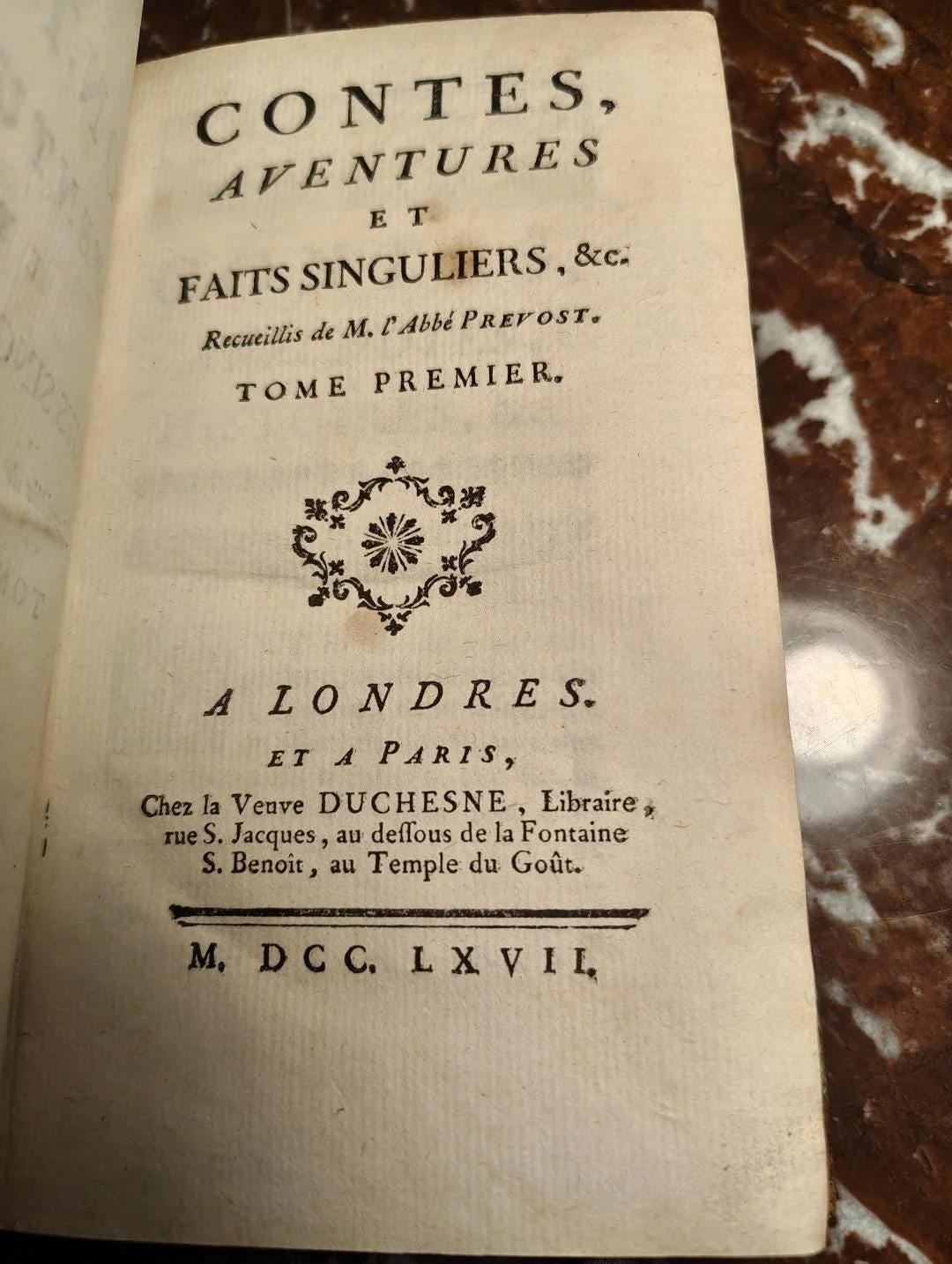 Image 1 of 9
Image 1 of 9

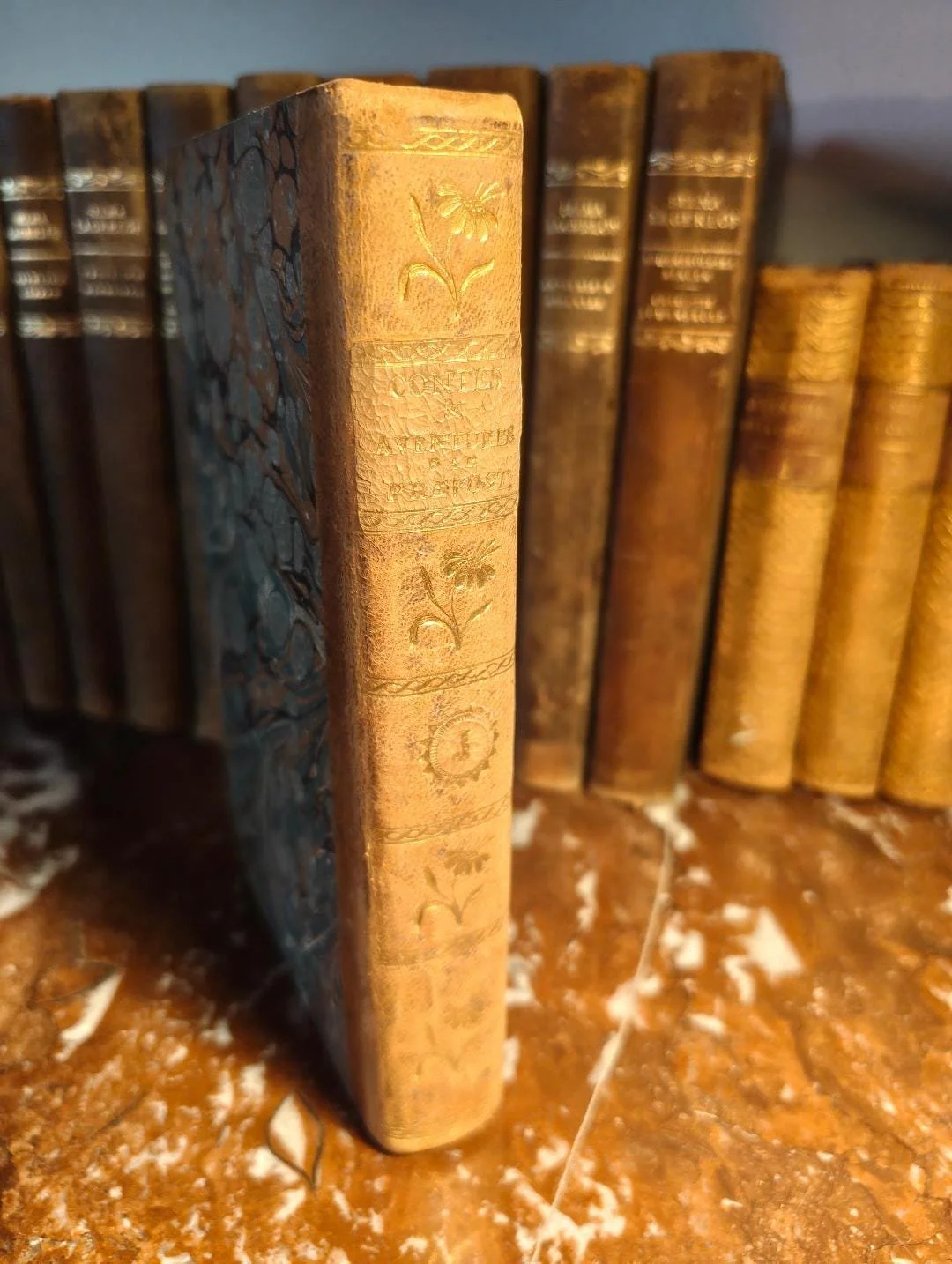 Image 2 of 9
Image 2 of 9

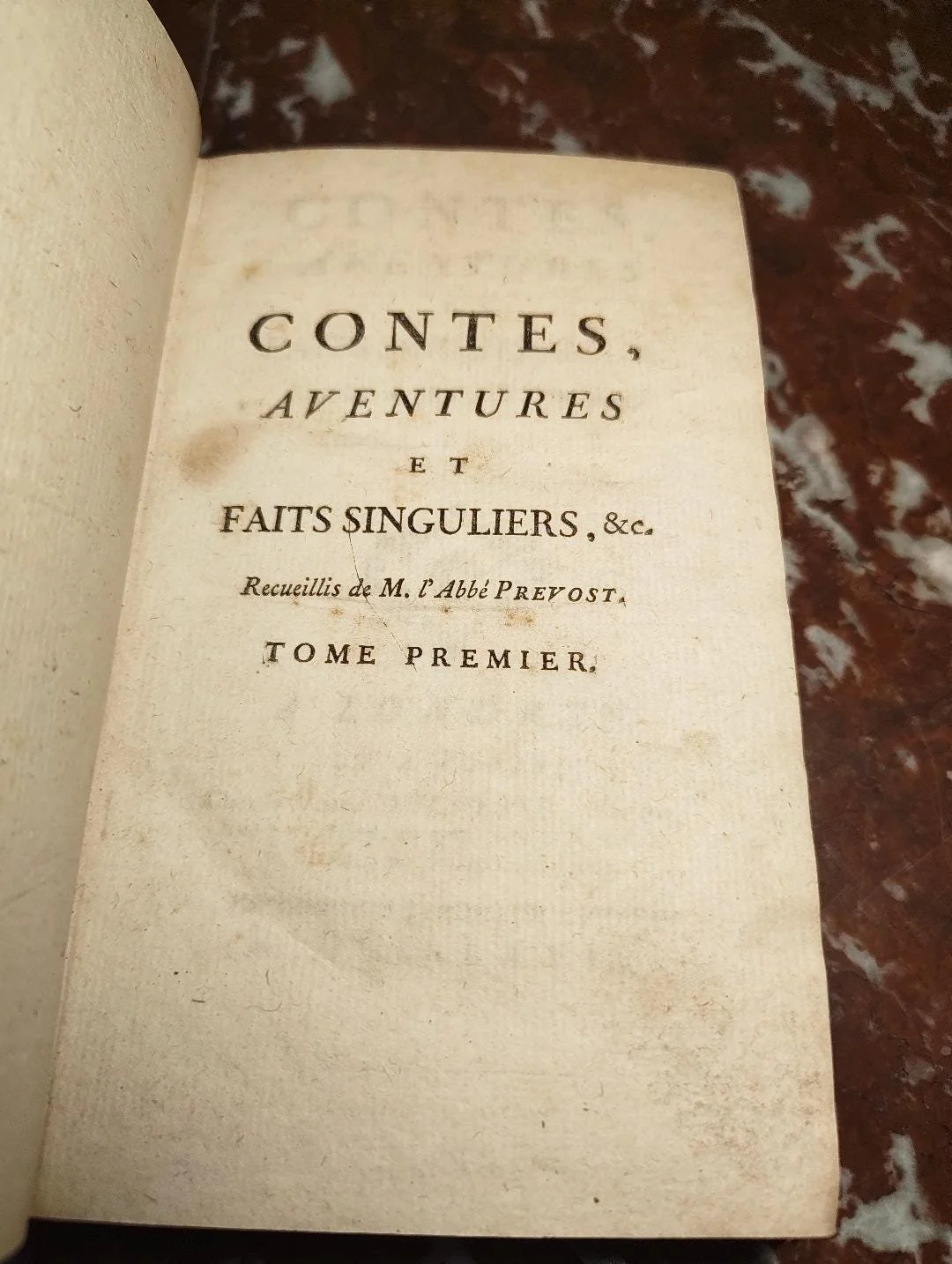 Image 3 of 9
Image 3 of 9

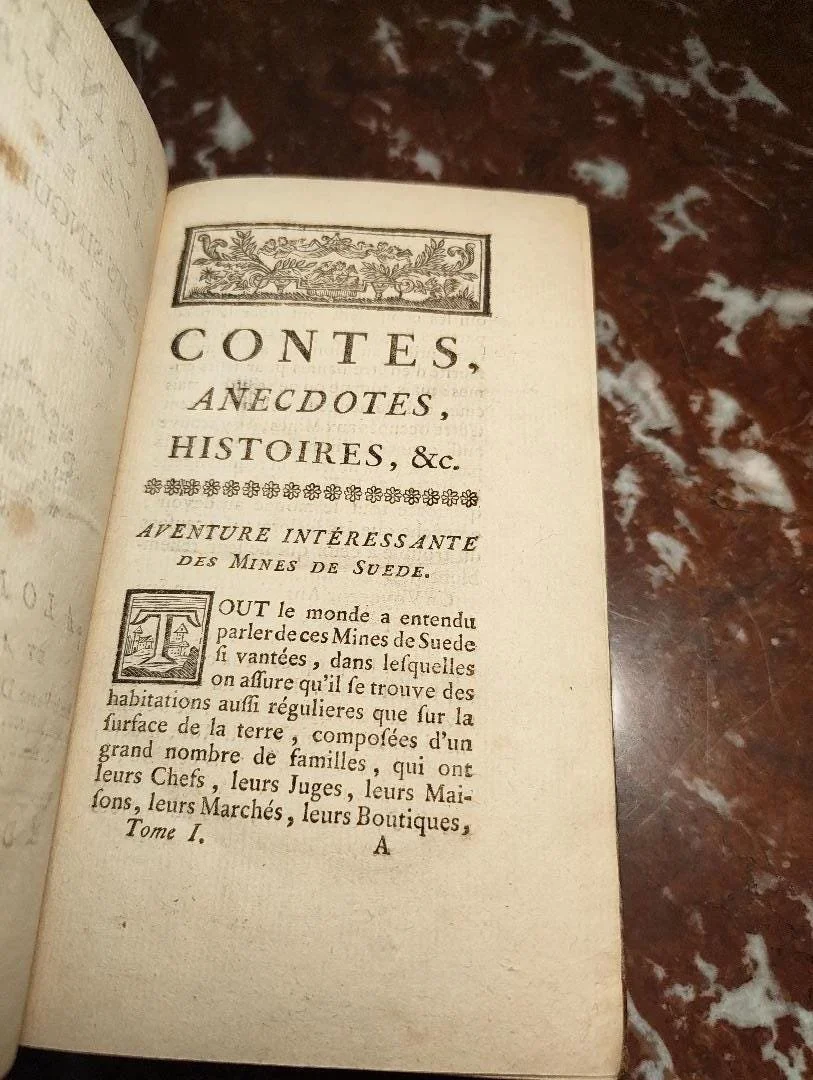 Image 4 of 9
Image 4 of 9

 Image 5 of 9
Image 5 of 9

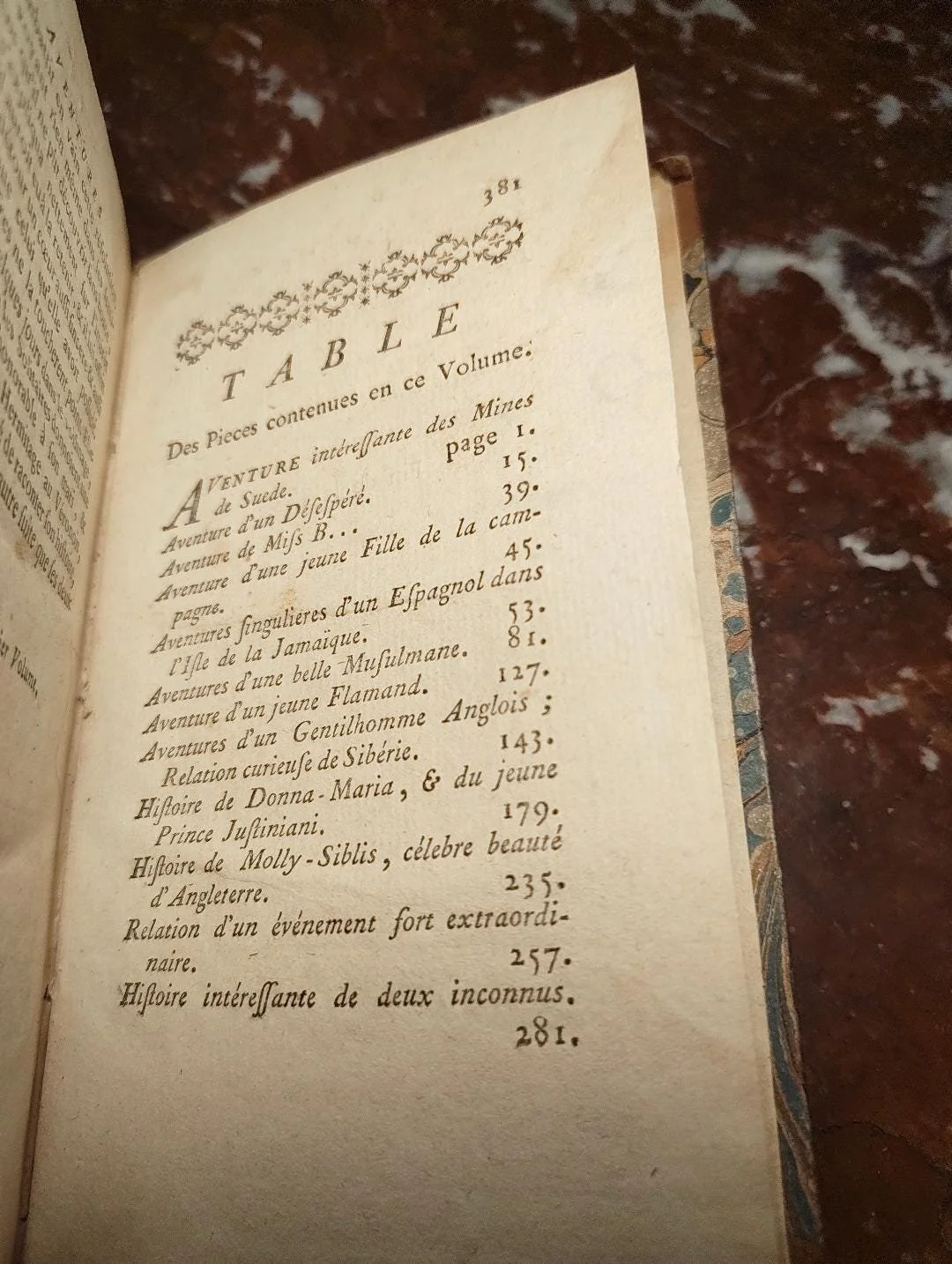 Image 6 of 9
Image 6 of 9

 Image 7 of 9
Image 7 of 9

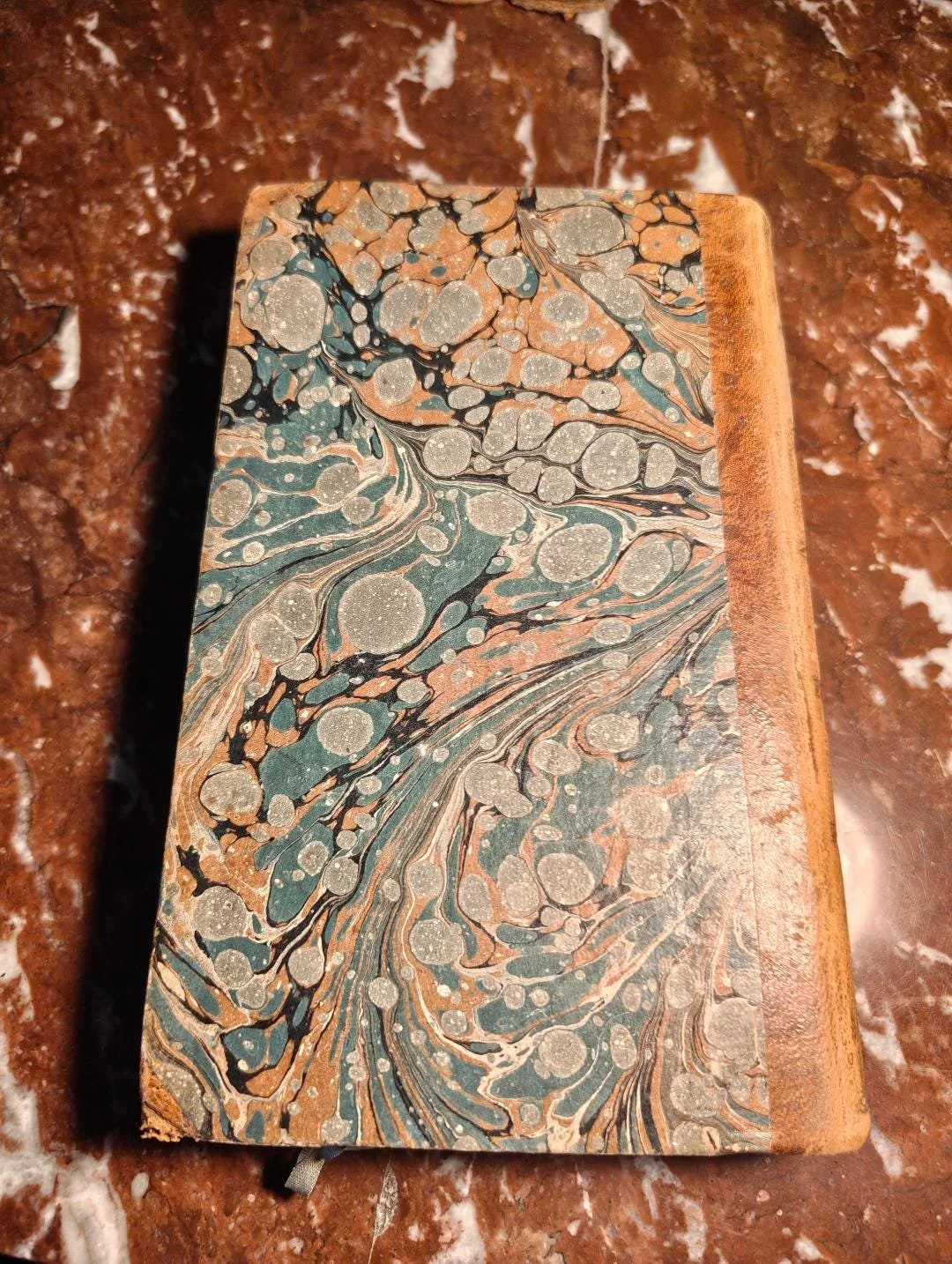 Image 8 of 9
Image 8 of 9

 Image 9 of 9
Image 9 of 9










Abbé Prévost. Contes, aventures et faits singuliers. London and Paris, 1767. Tome Premier in Contemporary Half Leather
A refined Enlightenment collection of tales with a rare literary detour into Swedish mining culture
This 1767 first volume of Contes, aventures et faits singuliers by Abbé Prévost offers a fascinating blend of anecdote, travel narrative, and moral reflection by one of the most versatile writers of the French Enlightenment. Best known today for Manon Lescaut, Prévost devoted much of his career to shaping the narrative forms that bridged journalism, storytelling, and early modern curiosity about the wider world.
Among the various accounts gathered in this collection is the striking tale entitled Aventure intéressante des Mines de Suède, an unusual and vivid insertion of Scandinavian subject matter into the French literary imagination. References to Swedish mining in eighteenth century literature are rare, and its appearance here reveals the period’s growing fascination with science, industry, and foreign customs. This element gives the volume particular interest for collectors concerned with the intellectual and cultural exchanges that linked France with the northern kingdoms.
The book is bound in contemporary half leather with marbled boards, a richly gilt spine, and floral ornaments typical of refined Parisian binding style during the later ancien régime. The initials “C. M.” appear gilt stamped on the cover, suggesting early personal ownership and adding a layer of provenance to the volume’s history. The binding displays gentle wear at the edges and along the joints yet remains attractively preserved. The interior is clean with crisp printing and only light signs of age.
As a historical artefact the volume demonstrates the broad thematic range of Prévost’s storytelling, which moves fluidly between adventure, moral anecdote, foreign observation, and the lightly philosophical tone that coloured much of mid eighteenth century French prose. Its Scandinavian connection makes it an especially interesting example of how Enlightenment writers incorporated knowledge from beyond France’s borders into their literary experiments.
For collectors of Prévost, French Enlightenment literature, or books with early references to Sweden, this volume is an engaging and thoughtfully preserved piece.
A refined Enlightenment collection of tales with a rare literary detour into Swedish mining culture
This 1767 first volume of Contes, aventures et faits singuliers by Abbé Prévost offers a fascinating blend of anecdote, travel narrative, and moral reflection by one of the most versatile writers of the French Enlightenment. Best known today for Manon Lescaut, Prévost devoted much of his career to shaping the narrative forms that bridged journalism, storytelling, and early modern curiosity about the wider world.
Among the various accounts gathered in this collection is the striking tale entitled Aventure intéressante des Mines de Suède, an unusual and vivid insertion of Scandinavian subject matter into the French literary imagination. References to Swedish mining in eighteenth century literature are rare, and its appearance here reveals the period’s growing fascination with science, industry, and foreign customs. This element gives the volume particular interest for collectors concerned with the intellectual and cultural exchanges that linked France with the northern kingdoms.
The book is bound in contemporary half leather with marbled boards, a richly gilt spine, and floral ornaments typical of refined Parisian binding style during the later ancien régime. The initials “C. M.” appear gilt stamped on the cover, suggesting early personal ownership and adding a layer of provenance to the volume’s history. The binding displays gentle wear at the edges and along the joints yet remains attractively preserved. The interior is clean with crisp printing and only light signs of age.
As a historical artefact the volume demonstrates the broad thematic range of Prévost’s storytelling, which moves fluidly between adventure, moral anecdote, foreign observation, and the lightly philosophical tone that coloured much of mid eighteenth century French prose. Its Scandinavian connection makes it an especially interesting example of how Enlightenment writers incorporated knowledge from beyond France’s borders into their literary experiments.
For collectors of Prévost, French Enlightenment literature, or books with early references to Sweden, this volume is an engaging and thoughtfully preserved piece.

